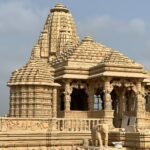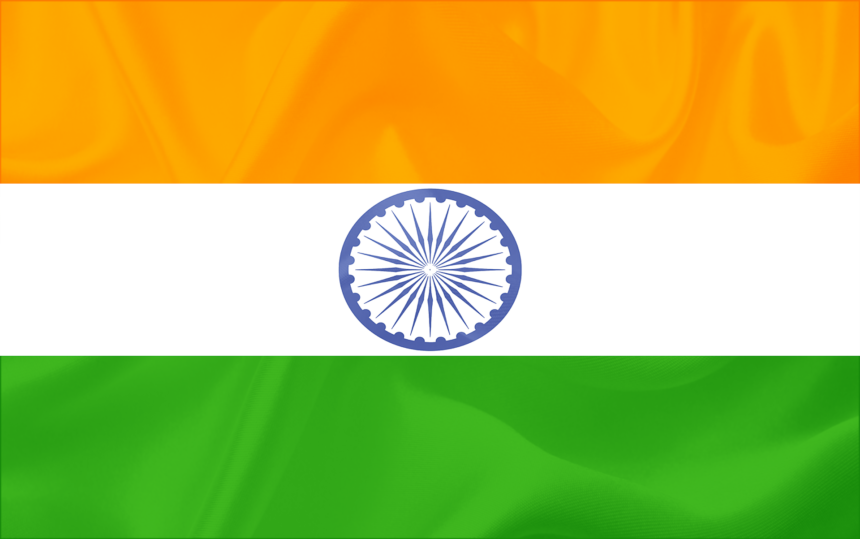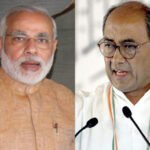26 January 1950 was the day when the Indian constitution came into effect. However, the constitution was prepared long before 26 January that is November 26, 1949. The historic Poorna Swaraj declaration was officially given . It began the final phase of India’s freedom struggle where the aim was the complete independence from the British rule.
In 1926, countries like Canada, Australia and New Zealand were granted the dominion status. The Nehru report, even with the congress did not enjoy universal support. Young leaders such as Bose and Jawaharlal Nehru ,Motilal’s own son wanted India to break all ties with the British empire. They wanted the prevention of the dominion status of the British Empire.
For both Bose and Nehru , attaining the dominion status would make the India party to colonial exploitation elsewhere in the British Empire, mainly Africa. They both had quite radical worldview than the predecessors. They looked at anti-colonialism not only as a local political issue for India but as a world point of view. But Gandhi was still very much for the dominion status and argued that it would be a welcome step in India’s anti colonial struggle. However, his views soon changed.
Poorna Swaraj Resolution.
On December 19 1929, this Poorna Swaraj resolution was passed in the session of INC. It meant total self rule.The resolution stated,” The British government in India has not only deprived the Indian people of their freedom but has based itself on the exploitation of the masses, has ruined India economically, politically , culturally and spiritually. And therefore, India must sever the British connection and attain Poorna Swaraj or complete independence.”
The republic day.
The congress urged Indians to come out and celebrate ‘Independence’ on 26th January. The congress party workers hoisted the Indian Tricolour. They also sung the patriotic songs.
When in 1947, the India got independence, the 26 January was celebrated as the Independence Day .However India won independence from the British on August 15, which is exactly two years after the world war II where Japanese surrendered to the allies. Therefore , when leaders decided to make public India’s new constitution, 26 January was thought to be ideal . This date held a nationalist significance as well as reflected the Poorna swaraj declaration of two decades back.











